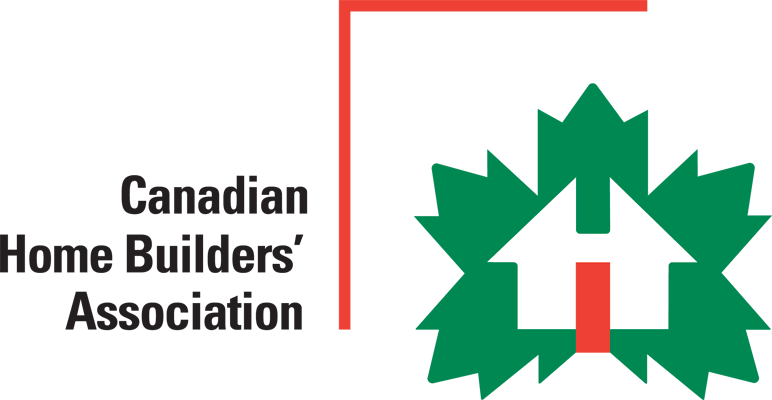Most Canadian roofs develop at least a little ice each winter, but if this gets more than a couple of inches thick around the eaves it can cause leaks. A build-up of ice like this is called an ‘ice dam’ and can be a problem because as water pools behind the dam it can work its way under shingles and cause leaking into the home.
So why do some roofs develop large and damaging ice dams around the eves, while others don’t?
Your Roof’s Temperature
It comes down to the temperature of the roof surface. Lack of insulation or insufficient attic ventilation can cause the main part of your roof to become warm enough to melt snow that falls there. As this water runs down the roof, it eventually comes to the edge of the roof that overhangs the walls which is always as cold as the surrounding air because there’s no attic space underneath to heat it.
As the melted water hits the cold eave area it freezes. The longer the weather stays cold enough to freeze water, yet warm enough that snow melts on the main part of the roof, the bigger the ice dams get. Varying weather patterns are why ice dams get much larger during some winters than others.
What’s the Solution?
There are two ways to stop the ice dam problem. The best involves boosting attic insulation and ventilation so the roof surface becomes colder. If snow doesn’t melt on the main part of the roof, ice dams can’t form. A professional insulation contractor can provide you with advice on whether your attic and roof need additional insulation and ventilation, and the best way to do the job. You need a pro for this work because having the correct attic ventilation is very important – and mistakes can lead to major structural problems over time.
Some home designs make it impractical to increase insulation and ventilation enough to prevent a warm roof surface and resulting ice dams. In cases like these electric roof heating cables are an effective fix. They provide a heated drainage path that allows melted roof water to make its way off the roof. A little ice may still build up on the eaves with roof heating in place, but it won’t get thick enough to cause trouble. A professional roof contractor can install this type of system for you.
Need a contractor to boost attic insulation and ventilation? Need help getting a roof de-icing system installed? The Canadian Home Builder’s Association offers Canada’s best free, unbiased information on how to hire a contractor the smart and safe way. Find more information at www.getitinwriting.ca and for even more home tips, visit Home Maintenance on the blog.
